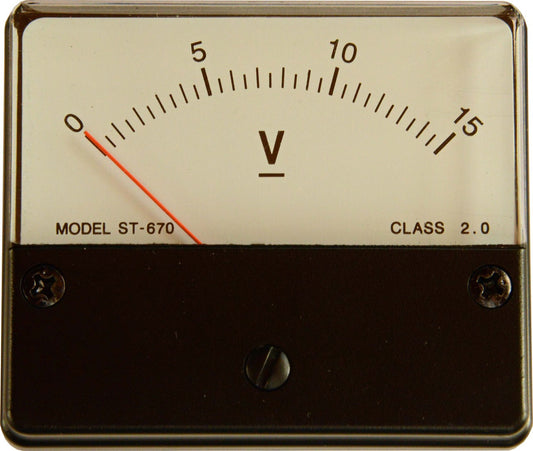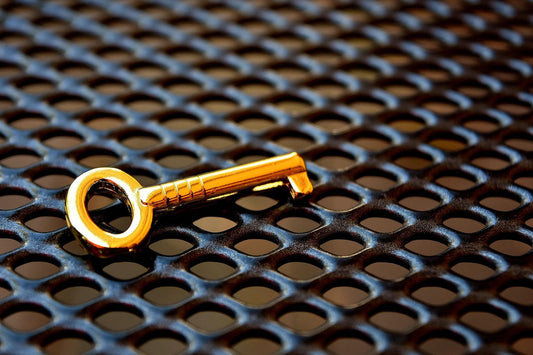 This is a picture of a SanSpeak 3" midrange dome, for example.
This is a picture of a SanSpeak 3" midrange dome, for example.
Midrange drivers
by Paul McGowan
First, a quick note that John Darko published a terrific, insightful and informative review of DirectStream Junior.
Now, on to speakers and crossovers.
We've covered how tweeters and woofers get their sound isolated for proper operation in a 2-way loudspeaker. The crossover separates highs from lows and sends the signal to the correct driver.
Tweeters use a single capacitor in what is known as a highpass filter (all the highs pass through).
Woofers use a coil and a capacitor in what is called a lowpass filter (you can guess that one easily enough).
But what magic takes place when we move to a 3-way loudspeaker with a tweeter, midrange, and woofer?
This type of filter is known as a bandpass because only a narrow band of frequencies pass through.
How is that done? By combining the first two filters we learned about, the lowpass and the highpass (the woofer and tweeter filters), into a single filter for the midrange.
If you think about it, it's a pretty obvious solution. We don't want our midrange driver reproducing bass or treble - so we roll off the bass as well as the treble and leave a hole in the middle which we call midrange.
Most midrange drivers more closely resemble large tweeters than small woofers.
 This is a picture of a SanSpeak 3" midrange dome, for example.
This is a picture of a SanSpeak 3" midrange dome, for example.
 This is a picture of a SanSpeak 3" midrange dome, for example.
This is a picture of a SanSpeak 3" midrange dome, for example.
- Choosing a selection results in a full page refresh.
- Opens in a new window.








